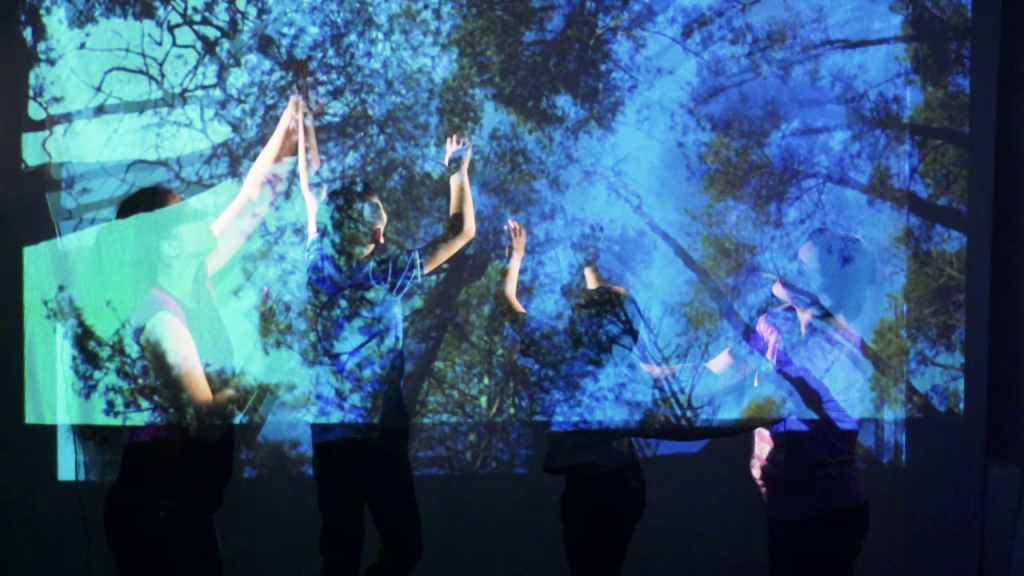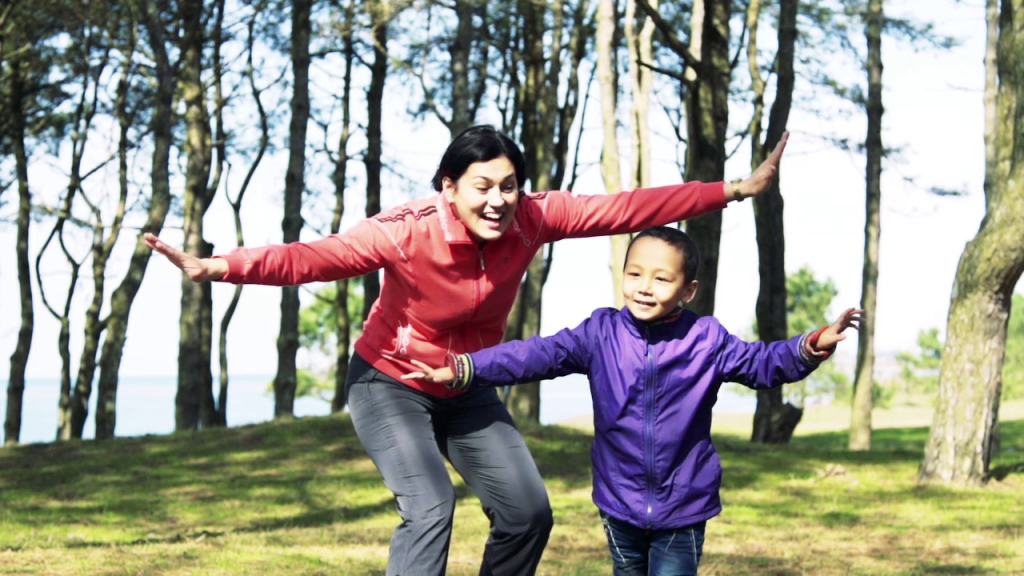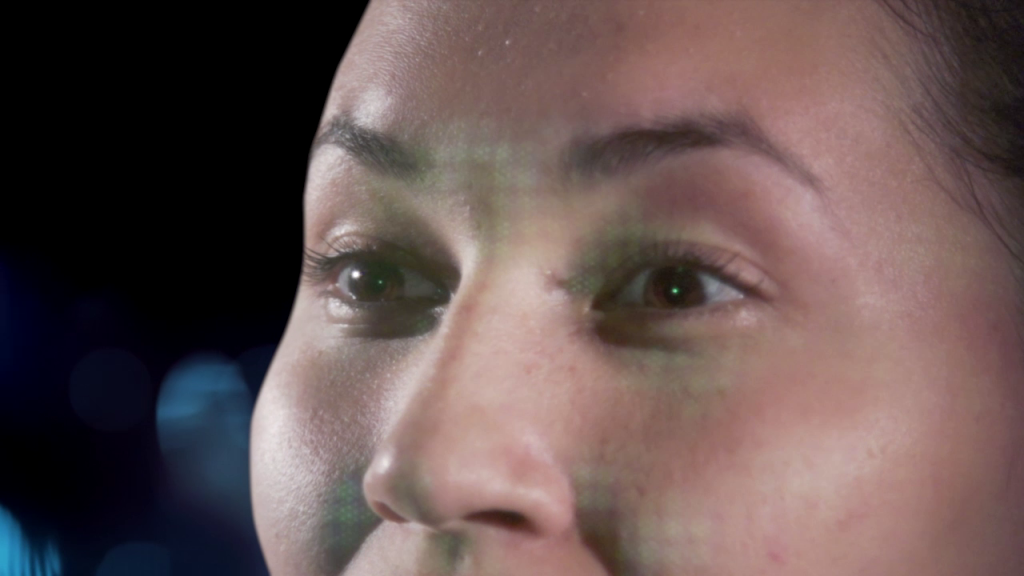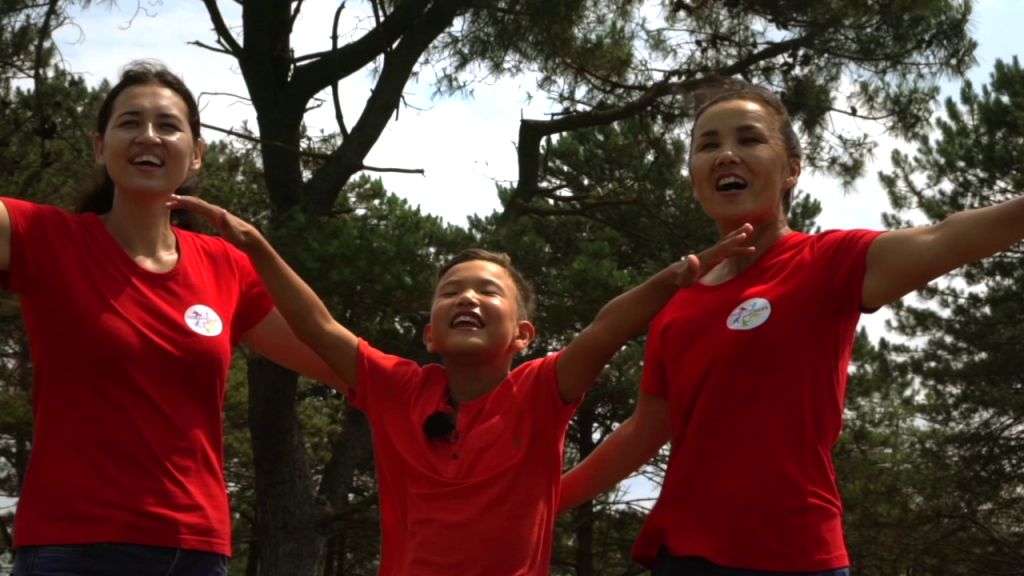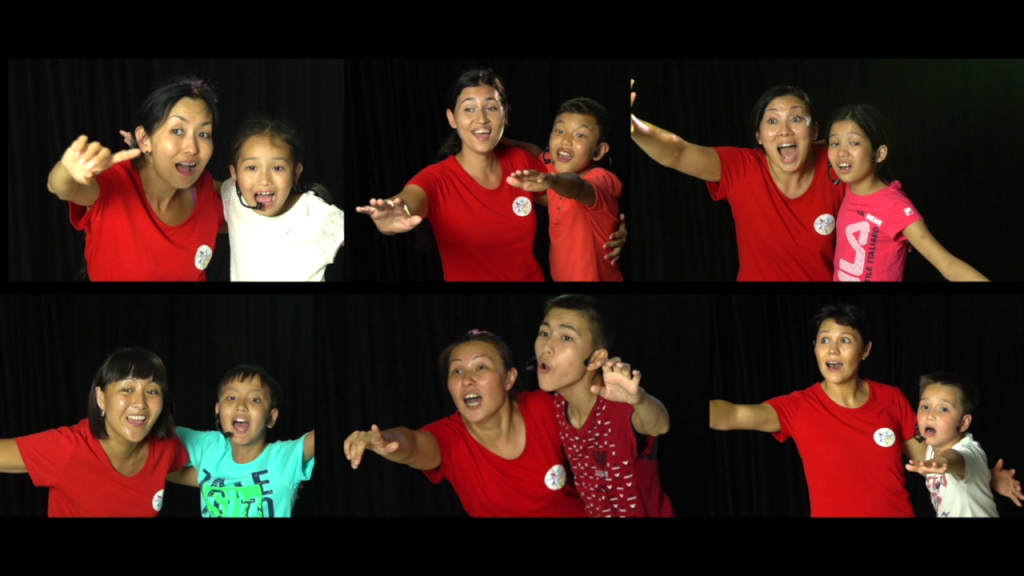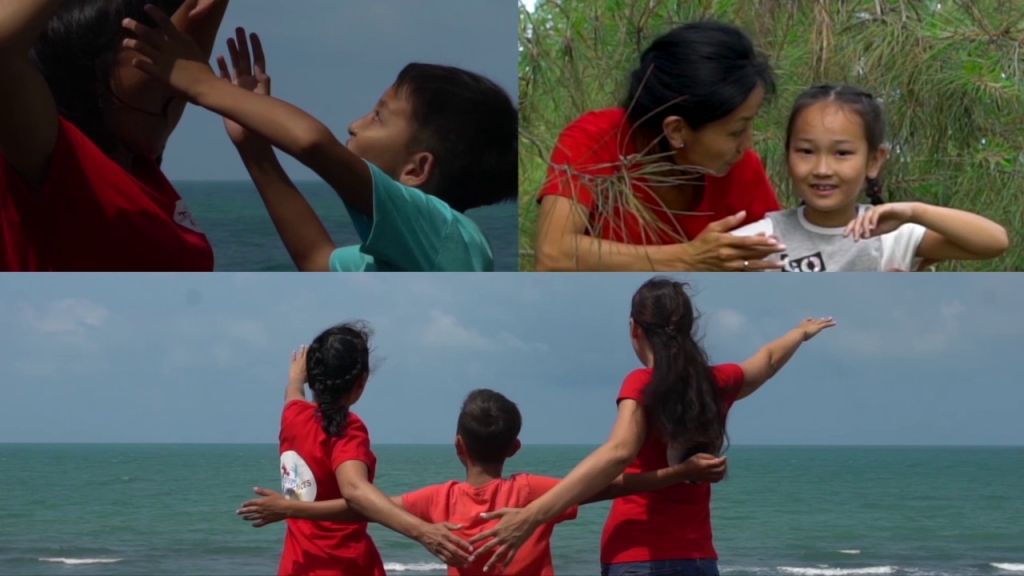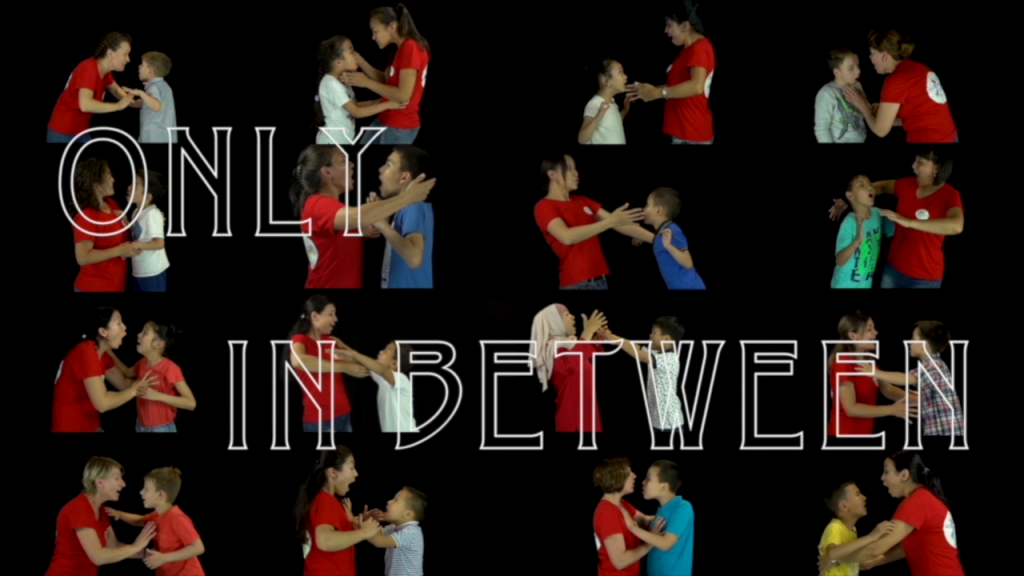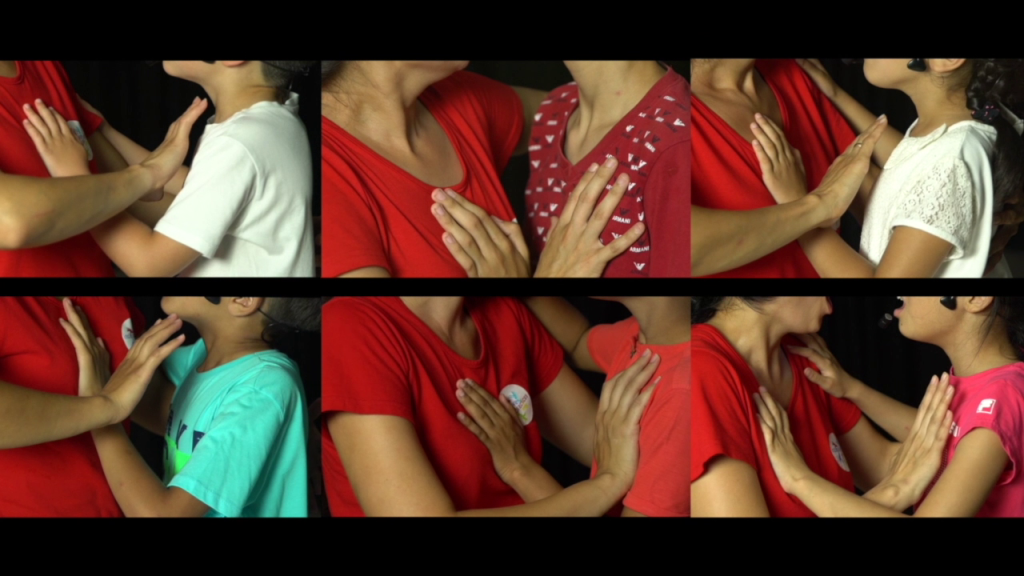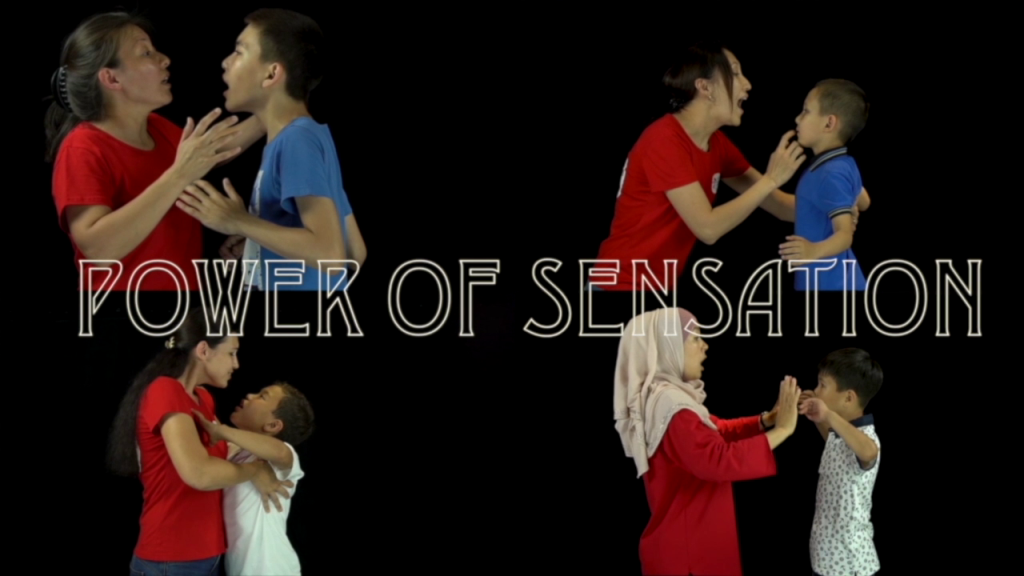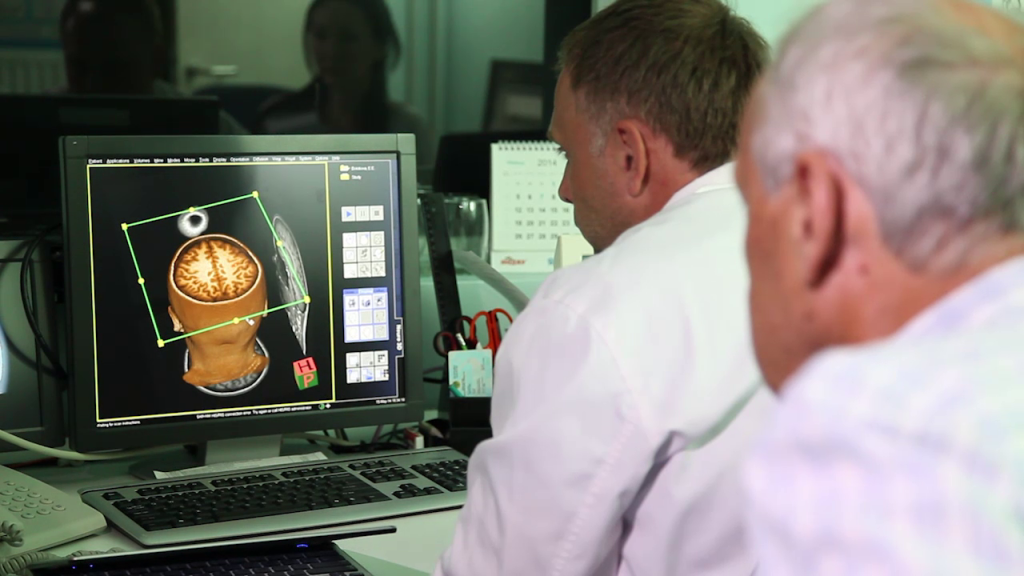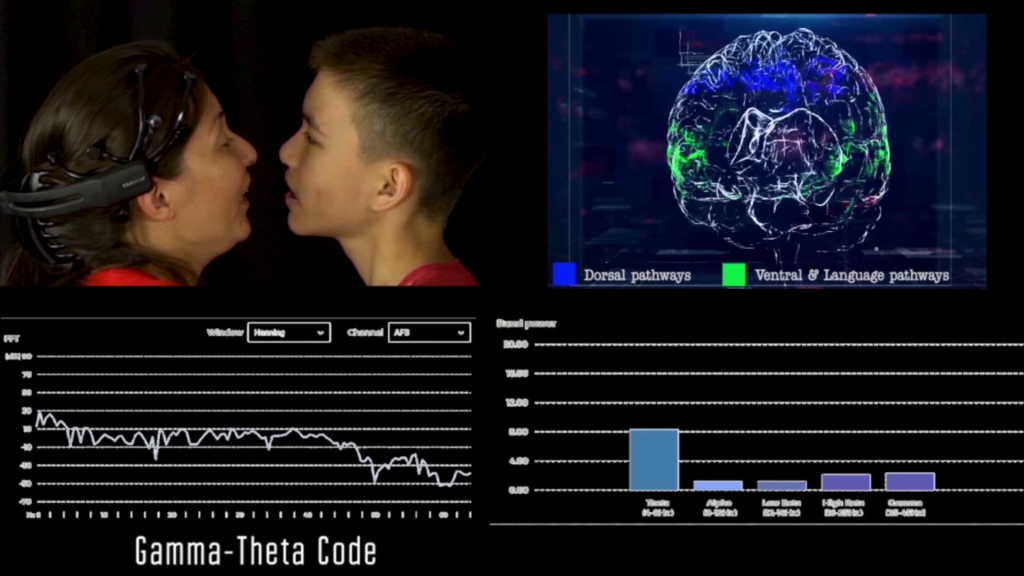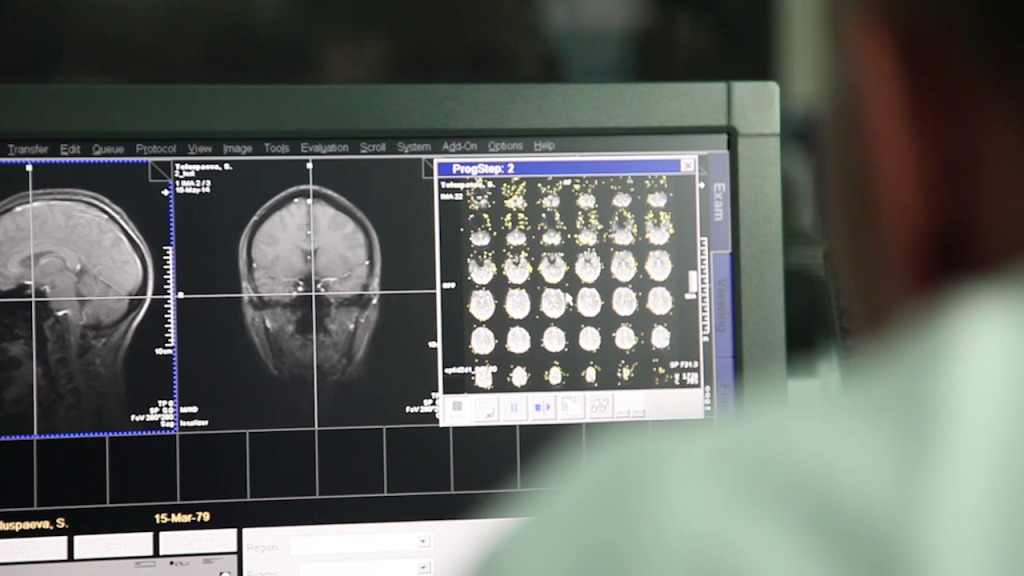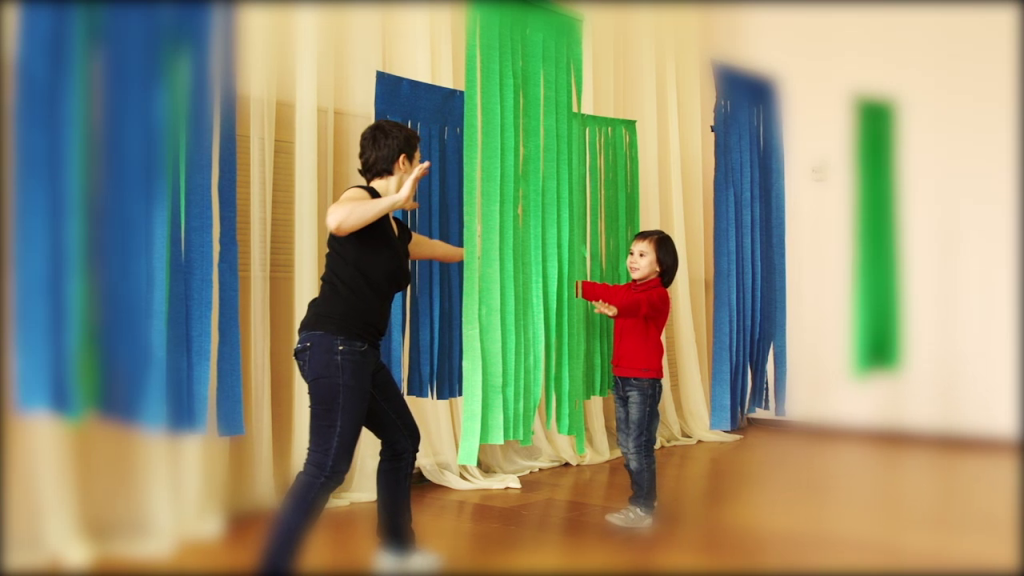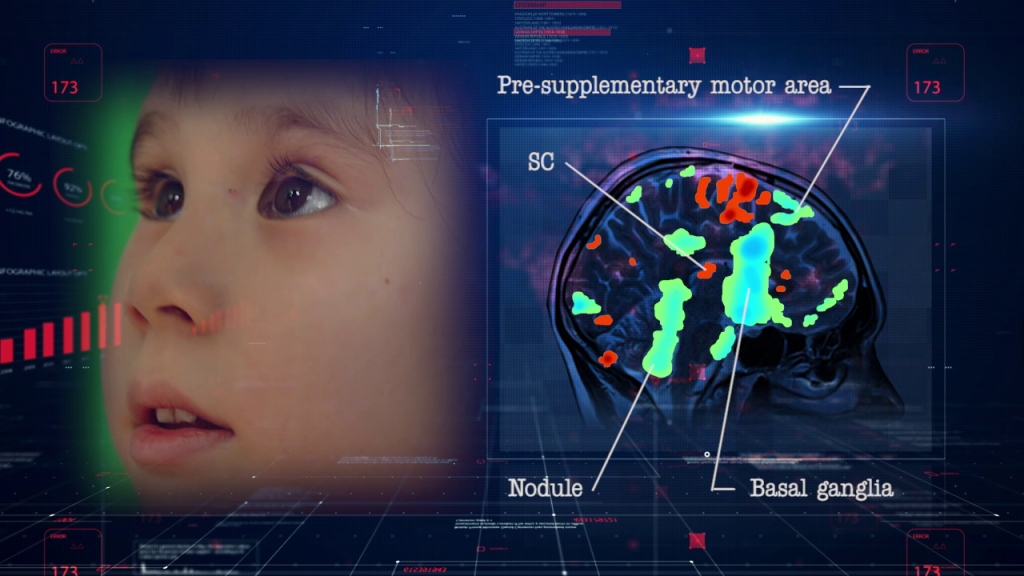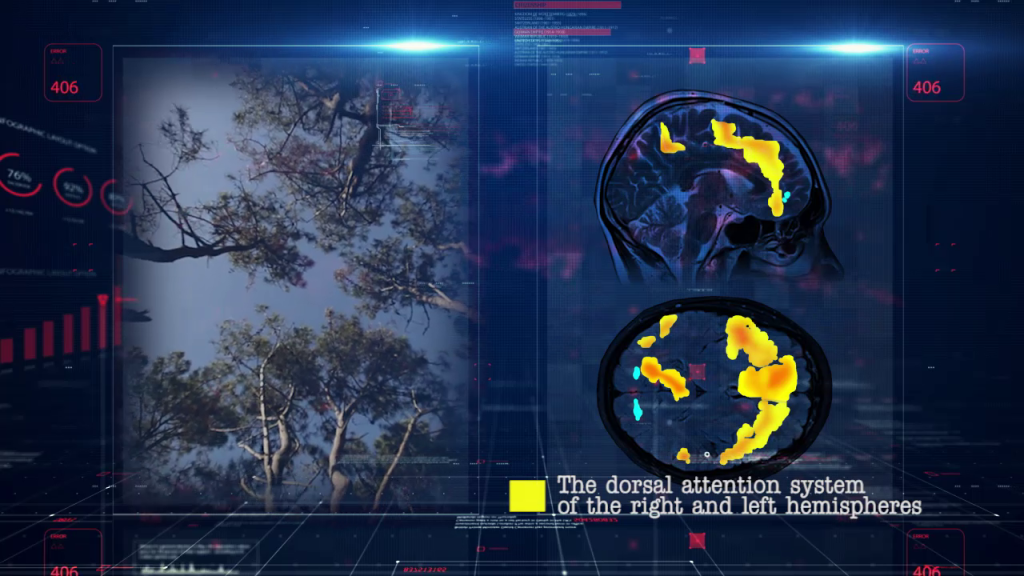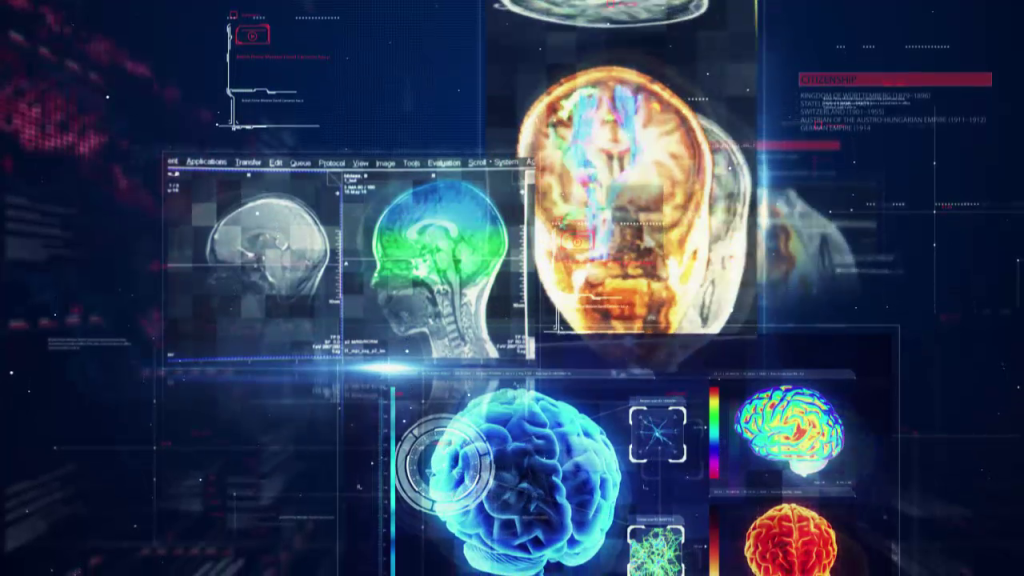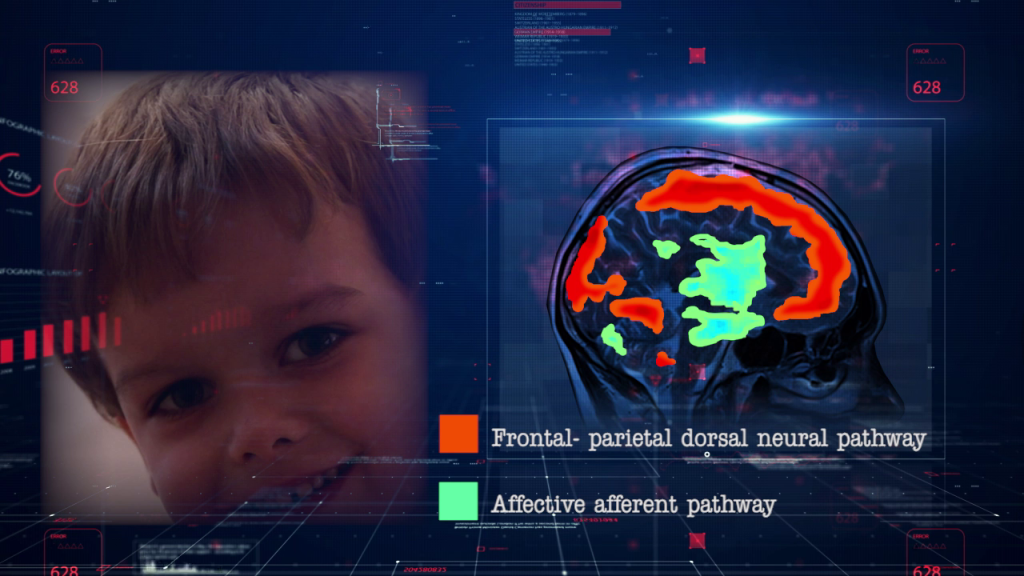Autism. Maternal contribution.
ACTUAL 3D SPACE. AUTISTIC CHILDREN LEARN IN 3D SCENE.
Maternal NeuroCoaching.
What is Neuropsychosocial model?
IP Mobile Technologies
Community Development and disability.
How to make the IACD standards work?
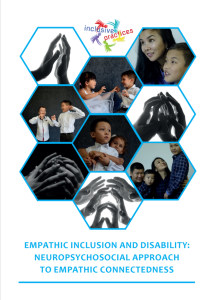
10-14 April 2019
Inclusive Practices Workshop (Ureki, Georgia)
Empathic Inclusion and Disability: Neuropsychosocial Approach to Empathic Connectedness.

3-5 October 2018
Conference “Inclusive Community Development Practices” (Ureki, Georgia)
Empathic interaction paradigm for Inclusive Communities: Modern Neurophysiological Context.
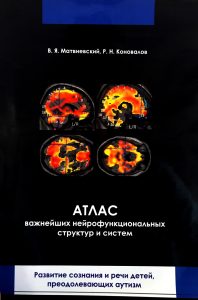
2017
Publication in the Scientific Library of the Russian Medical Academy of Continuing Professional Education:
Atlas of the most important neurofunctional structures and systems. Development of Consciousness and Speech of Children Overcoming Autism.
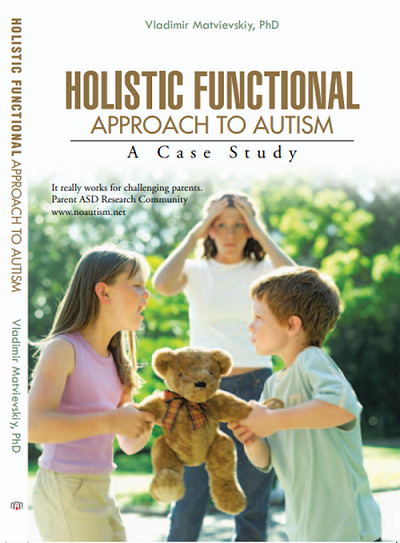
July 15, 2013
Holistic Functional Approach to Autism: A Case Study
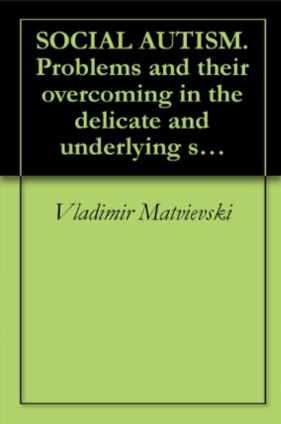
June 12, 2010
SOCIAL AUTISM. Problems and their overcoming in the delicate and underlying structures of brain – body activity


